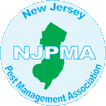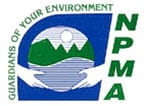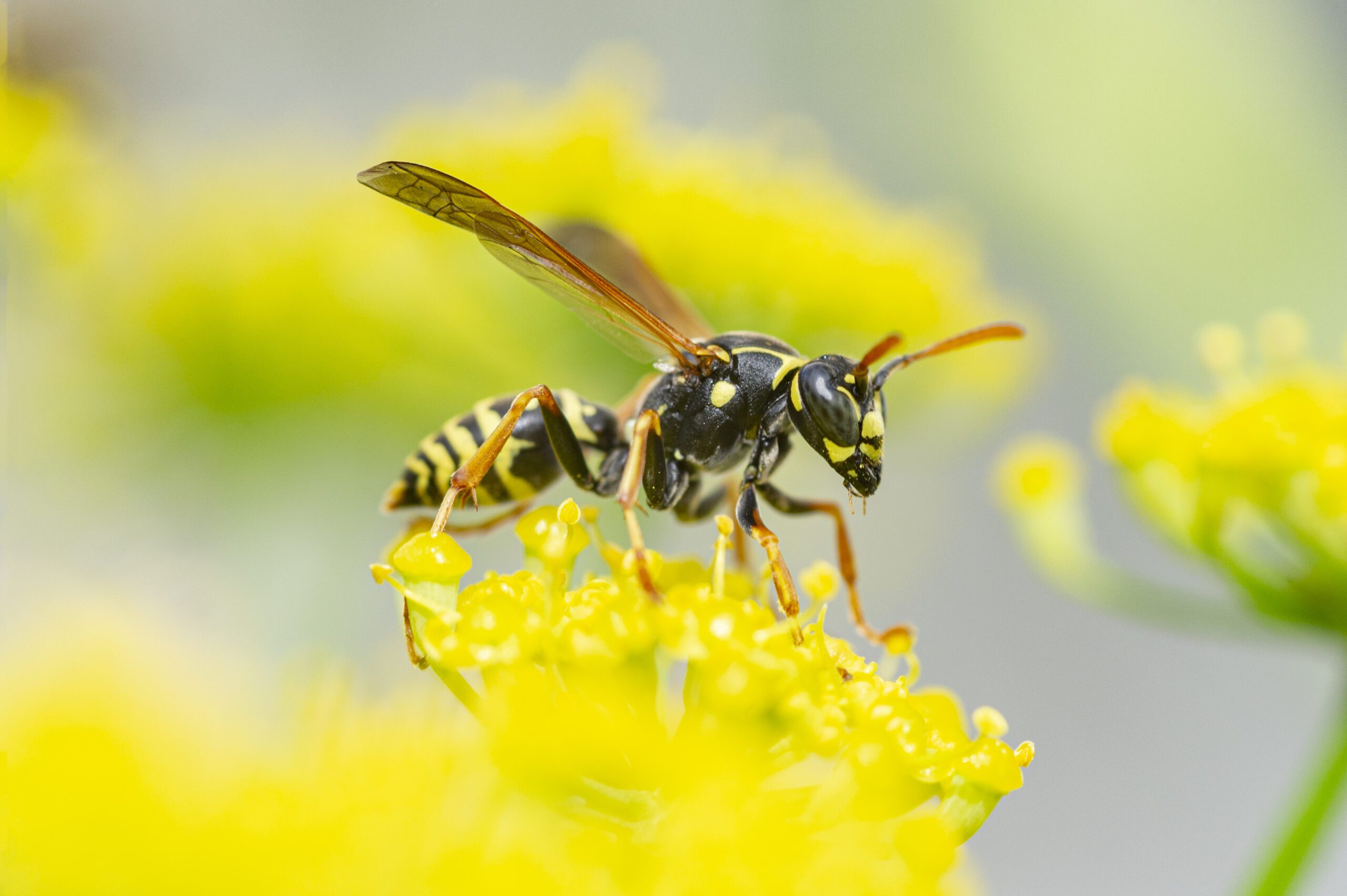Various pests pose risks to human health, including mosquitoes, mice, bees, and ticks. Yellow jackets are another major concern in our area because these wasps are predatory insects that build large nests and produce painful stings.
In this Precise Termite & Pest Control article, we discuss the danger of yellow jacket stings and how to take care of yourself if you or someone else suffers from one.
What Are Yellow Jackets?
Yellow jackets are social wasps that are yellow and black in color. They are drawn to sweet foods, meat, and sugary drinks, making them troublesome pests for picnics and backyard barbecues.
Yellow jackets exist worldwide but are particularly common in the eastern and southeastern U.S. The insects live in large colonies and are prone to stinging people if their colonies are disturbed because of their protective nature. Thousands of yellow jackets often live in nests, which can become very large and are made up of wood fibers mixed with saliva.
Symptoms of Yellow Jacket Stings
Yellow jacket stings cause pain, swelling, redness, burning, and itchiness of the affected skin area. However, some people are allergic to yellowjacket stings and develop anaphylaxis, which can lead to wheezing, trouble breathing and swallowing, hives, throat tightness, sweating, dizziness, and fainting.
Risks of Yellow Jacket Stings
Yellow jackets are part of our natural environment and are essential for pollination, biodiversity, and the food chain. But that certainly doesn’t mean you want aggressive and dangerous insects living on your property or putting you and your family at risk of stings.
You can reduce your risk of yellowjacket stings by wearing insect repellant and avoiding common nest areas, such as tree stumps and hollow logs. Bright clothing, perfume, and scented beauty projects attract yellow jackets, so avoid these things while outdoors. You can also prevent yellow jacket interactions by throwing out food scraps as soon as you are done eating outside.
Yellow Jacket Sting First Aid Tips
If you know you are allergic to yellow jackets, call 911 immediately for emergency help, and use an EpiPen right away if you have one. A severe yellow jacket sting may require CPR to restore breathing, epinephrine, intravenous antihistamines, corticosteroids, and breathing support.
If you do not have an allergy, you can typically treat the sting at home with DIY remedies. First, remove the stinger by pulling it out with tweezers or using a clean, blunt straightedge. Wash the sting site with antibacterial soap and place an ice pack on the wound to reduce pain and swelling. Make sure to stay hydrated and get plenty of rest while recovering from a sting.
Hydrocortisone or calamine lotion may help address the symptoms, as well as ibuprofen or Tylenol.
Professional Help with Yellow Jackets
If you notice yellow jacket nests on your property or these insects flying around your home, it is time to call a professional exterminator. We offer bee removal and hornet extermination services that are safe and affordabe.
Don’t put yourself, other people in your household, or guests at risk of getting stung by yellow jackets. Even if you aren’t allergic, these stings are very painful and can often be avoided by smart habits and effective pest control.
For your free yellow jacket inspection, please call us at 866-971-2847 or contact us online.






